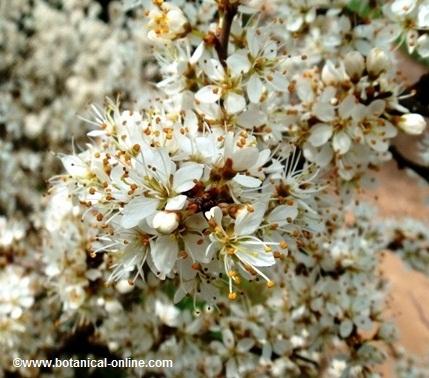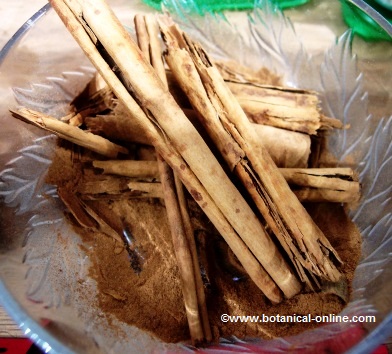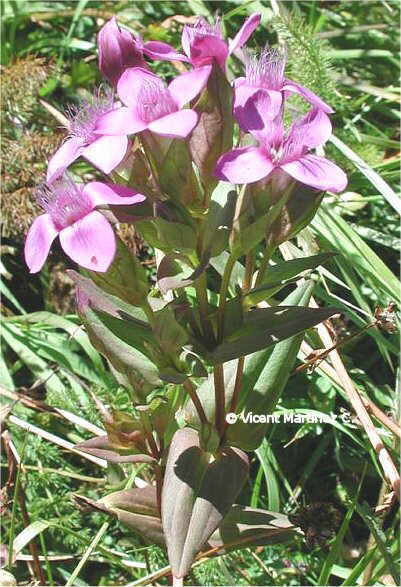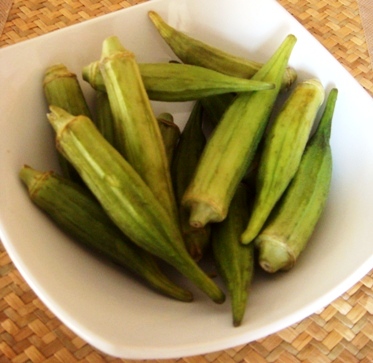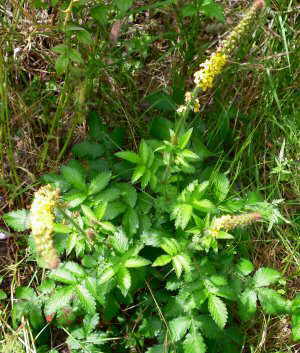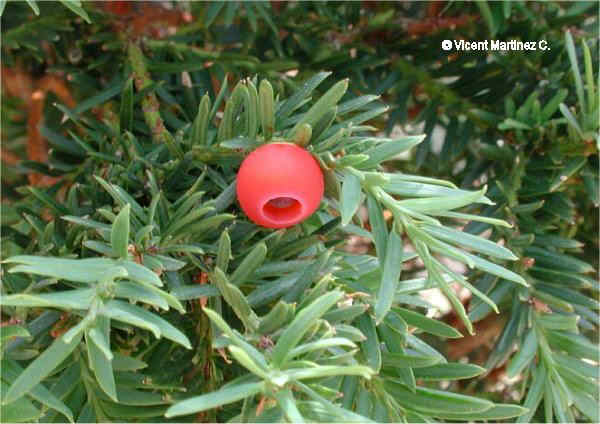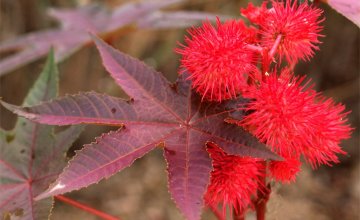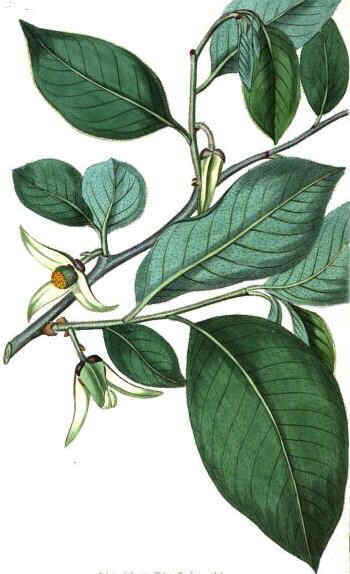Contents
CHRYSANTHEMUM DANGERS
Dangers of consuming or medicinal use of chrysanthemums
What is chrysanthemum?
The oxeye daisy or dog daisy (Leucanthemum vulgare = Chrysanthemum leucanthemum) is a plant of the Compositae botanical family, the same family to which dandelion, tansy, wormwood, yarrow or arnica belong.
Chrysanthemum is mainly used as a garden decoration and as an insecticidal plant. Although perhaps less widespread, chrysanthemum also has nutritional and medicinal properties.
Chrysanthemum toxicity

Oxeye daisy or dog daisy contains sesquiterpene lactones, pyrethrins and resin. These components can cause allergies, in addition to causing, in many cases, dermatitis upon contact with the fresh plant. Symptoms are irritation, flushing (redness and burning of the skin), bulbous erythema on the skin, and blisters or vesicles.
Allergy symptoms may include asthma, eczema, photosensitivity, hay fever or hives.
Numerous case reports and scientific studies demonstrate that allergy to chrysanthemums is very common, with the chrysanthemum being the most sensitizing plant among all plants in the Compositae family.
All species of chrysanthemums (Chrysanthemum spp.) should be considered plants that may cause sensitivity.
- Allergy to chrysanthemums is the most common cause of occupational illness among gardeners, florists and plant hobbyists. It is estimated that 60% of Europeans are allergic to these plants.
Pregnant and lactating women
The consumption of chrysanthemum or its medicinal use in pregnant women is not recommended. This remedy has an emmenagogue effect, which could cause involuntary abortion.
The safety of this plant during breastfeeding has not been proven.
![]() More information on chrysanthemum
More information on chrysanthemum

